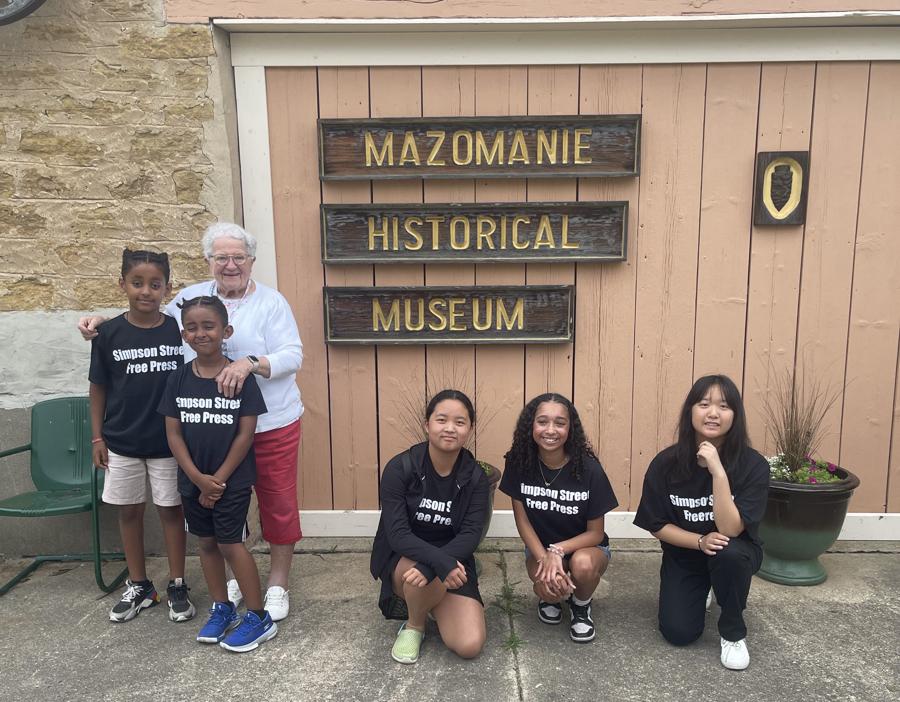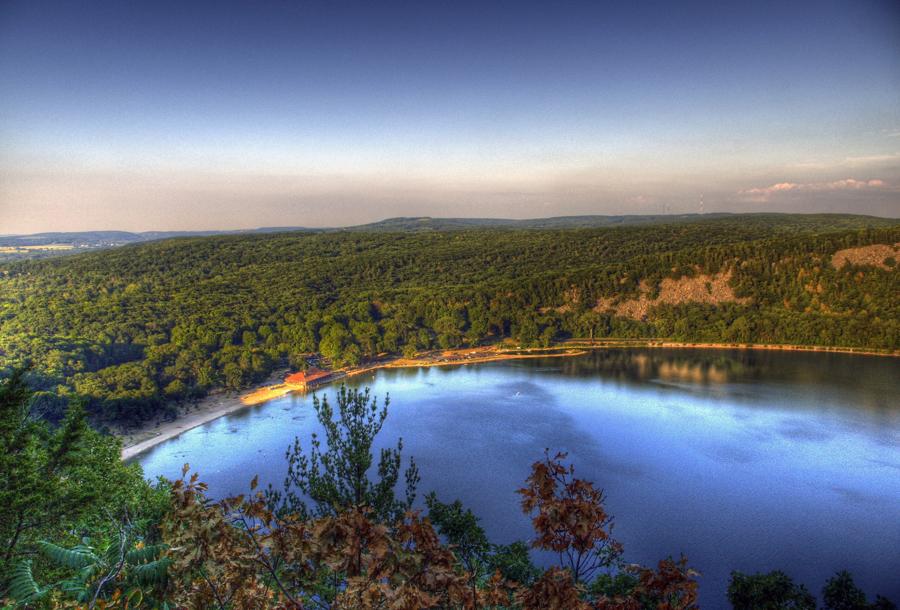Dane Dances at Monona Terrace

by Ayelen Flores, age 15
It's summertime in Wisconsin, and there are plenty of things to do. One summer tradition in Madison is the annual Dane Dances series at Monona Terrace. These are family-friendly events that offer food, music, and, of course, lots of dancing.
Dane Dances takes place every Friday in August from 5:30 p.m. to 9:30 p.m. There are no tickets required, and it is open to all ages. Parking at Monona Terrace is $5 after 5:00 p.m., and access to the rooftop of the Terrace opens at 4:30 p.m. Food and cocktails are available to purchase starting at 5 p.m.
There are five events scheduled from August 1 to August 29. Music styles range from orchestra to R&B, funk, and Latin music. You can see the entire lineup and schedule at danedances.org. [Read More]




.jpg)





































































































